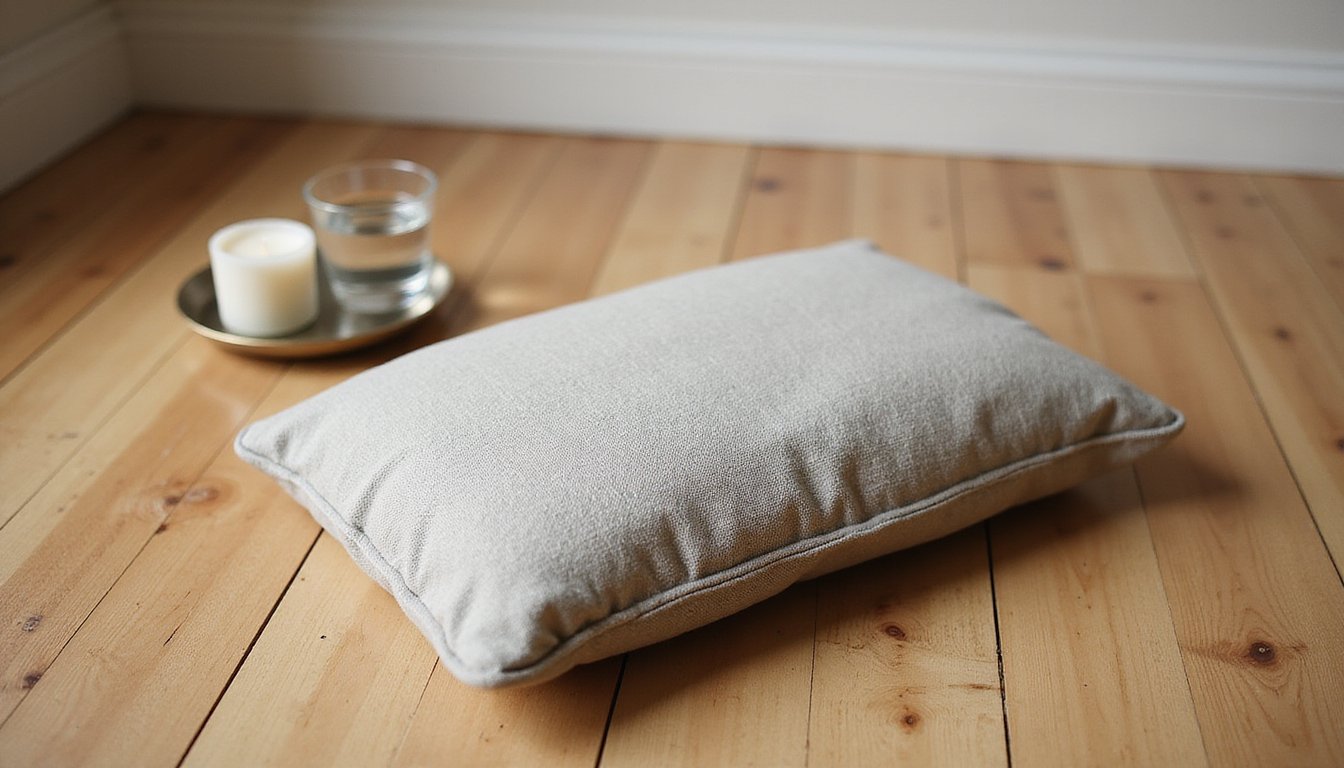You’ll find drug treatment costs vary considerably in 2025, with standard outpatient programs running $2,000-$19,500 and inpatient care averaging $12,500-$14,000 for 30 days. Intensive outpatient programs cost $250-$350 per session, while luxury residential facilities can reach $80,000 monthly. Your location heavily impacts pricing, with urban centers charging $8,000-$12,000 and rural programs $3,000-$6,000. Understanding key cost factors and payment options can help you access more affordable care solutions.
Average Treatment Costs at a Glance

The national terrain of drug treatment costs reveals significant price variations in 2025, with the average addiction treatment program costing $13,475. You’ll find outpatient programs ranging from $2,000 to $19,500, with typical costs around $5,000 for general services. Regional cost variations show significant differences, with Texas offering 30-day outpatient programs at $1,640, while residential treatment can reach $56,623 for a 13-week program. Texas stands out as having one of the largest treatment systems in the country. Luxury residential centers can cost up to $80,000 for premium amenities and specialized care services. Medical experts emphasize that successful rehabilitation saves families approximately $11,487 annually in healthcare and related costs.
Service inclusion details vary by program type. Standard outpatient treatment costs between $1,561 and $2,894, covering behavioral therapy, clinical support, and group counseling. Intensive outpatient programs range from $1,908 to $7,969, while methadone-based treatment episodes cost between $5,897 and $18,468, including medication assistance and regular monitoring.
Breaking Down Inpatient Rehabilitation Expenses
While outpatient treatment offers lower-cost options, inpatient rehabilitation represents a more substantial investment, with standard 30-day programs averaging $12,500-$14,000 nationwide. You’ll encounter daily rates of $500-$650, with inpatient amenity addons and ancillary service costs considerably impacting your total expense. Luxury facilities can exceed $50,000 per month for treatment. Medical necessity determines what insurance plans will typically cover. Publicly funded treatment centers typically provide more affordable care, with long term programs starting at $8,000.
| Cost Component | Price Range |
|---|---|
| Medical Detox | $1,500-$3,000 |
| Admission Fees | $3,000-$4,000 |
| Basic Monthly Stay | $5,000-$30,000 |
| Luxury Programs | $50,000-$60,000+ |
Your final costs will depend on room type, location, and specialized services. Private rooms and urban facilities command premium rates, while specialized medical care and individual therapy sessions add supplemental charges. Insurance coverage, payment plans, and sliding-scale options can help manage these expenses, with many facilities offering financing solutions to increase accessibility.
Understanding Outpatient Program Pricing

Outpatient drug treatment presents a considerably more affordable path to recovery, with standard programs ranging from $1,400 to $10,000 for a complete three-month course. You’ll find intensive outpatient programs (IOP) averaging $250-$350 per session, while standard outpatient visits cost $50-$150 each. Research demonstrates that IOPs provide similar outcomes to inpatient treatment while allowing patients to maintain their daily routines. Most patients with mild to moderate addiction levels achieve success through outpatient programs.
Your location drastically impacts pricing, as treatment facility staffing and on-site medical services vary by region. Urban centers charge $8,000-$12,000, while rural programs run $3,000-$6,000. The national average stands at $8,386 annually per person. Most insurance plans cover 50-80% of costs, making treatment more accessible. You’ll save substantially compared to inpatient care, which can exceed $80,000 for similar treatment periods. The reduced expense stems from eliminating room, board, and 24/7 medical supervision costs.
Medical Detox and Therapeutic Community Costs
Many drug treatment seekers face substantial medical detox costs in 2025, ranging from $3,000-$7,000 for a complete program. You’ll typically pay $250-$800 daily for standard detox, while supervised medical detox with 24/7 care costs $3,500-$4,550 for a week-long program. State-subsidized detox facilities offer more affordable options, sometimes at little to no cost for eligible participants. The complexity of addiction and withdrawal symptoms determine the level of medical supervision needed during detox. Basic outpatient programs provide a more economical alternative with average costs of $1,000. Outpatient detox programs offer significant savings with total costs typically between $1,000-$1,500.
For longer-term care, therapeutic communities run $50,469-$57,193 per person for 6-12 months of residential treatment. Luxury detox programs in resort-style settings exceed $10,000, offering premium amenities and private rooms. Your insurance can cover 60-90% of costs, while Medicaid might cover all expenses. The national average for medical detox sits at $525 per day, with total annual spending on residential treatment surpassing $5 billion.
Key Factors That Impact Treatment Pricing

Five major factors markedly influence drug treatment pricing in 2025: location, facility quality, program type, treatment duration, and economic conditions.
You’ll find treatment costs vary considerably by geographic location, with urban and coastal facilities charging premium rates due to higher operational expenses. Facility quality impacts pricing through amenities and evidence-based therapies – luxury centers can exceed $50,000 monthly. Program types range from $5,000 for outpatient care to $30,000+ for residential treatment, with customized treatment approaches affecting costs. Duration multiplies expenses proportionally, while step-down programs add to total costs.
Market factors continue driving prices upward, with projected 7.5-8.5% annual increases in substance use treatment. The expiration of ACA subsidies in late 2025 may further increase out-of-pocket expenses for many patients. Recent data shows behavioral health claims have risen dramatically, with inpatient services increasing nearly 80% between January 2023 and December 2024.
Insurance Coverage and Payment Options
Your insurance coverage type will largely determine your drug treatment costs in 2025, with options ranging from Medicare’s strict $2,000 out-of-pocket cap to private plans requiring deductibles up to $6,000 before coverage begins. You’ll need to carefully evaluate network restrictions, as PPO plans offer broader provider choice but higher costs, while HMOs limit options but reduce expenses through typical outpatient copays of $25-$50 and prescription costs of $5-$50. Medicare beneficiaries can access mental health screenings and medication-assisted treatment as part of their coverage. Payment assistance programs and health home models can help offset your expenses by coordinating medical, psychological, and social services under new managed care innovations. Recent Medicaid expansion has made it the largest behavioral payer in the country, offering comprehensive coverage for those earning up to 138% of the federal poverty level.
Insurance Network Coverage Basics
Two critical factors determine your out-of-pocket costs for drug treatment: in-network vs. out-of-network coverage status. Your medical policy details can greatly impact your expenses, making provider network status verification essential before starting treatment.
You’ll typically pay substantially less with in-network providers due to pre-negotiated insurance rates. Out-of-network care often requires higher deductibles, coinsurance, and copays. HMO plans restrict you to in-network providers, while PPOs offer both options at different costs. Skipping prior authorization for out-of-network care could result in denied coverage. Your plan type determines whether you need referrals or can self-direct your care.
Understanding these network distinctions can mean the difference between manageable treatment costs and potentially overwhelming medical expenses. Always verify network status through your insurance portal or by contacting providers directly.
Payment Plans and Assistance
While seeking drug treatment in 2025, multiple payment options can substantially reduce out-of-pocket expenses. You’ll find diverse funding streams, including installment plans, government subsidies, and specialized medical loans that make treatment more affordable.
Major rehab facilities now offer zero-interest payment plans that let you spread costs over months rather than paying upfront. You can access Medicaid coverage if you meet low-income requirements, while Medicare assists those over 65. SAMHSA block grants target specific demographics like pregnant women and IV drug users.
Treatment scholarships and sliding scale fees adjust costs based on your income level. If you need supplementary financing, medical loan companies partner with facilities to provide extended repayment terms, often accepting applications regardless of credit status.
Understanding Out-of-Pocket Expenses
The terrain of drug treatment costs in 2025 reveals noteworthy variations in out-of-pocket expenses, with detox programs ranging from $250-$800 per day and inpatient care averaging $6,000-$60,000 monthly. Outpatient programs typically cost between $1,400-$10,000 for a 30-day period, with costs varying based on utilization management considerations.
Your actual expenses will depend on several key factors:
- Insurance deductibles and copayments can considerably impact your total out-of-pocket costs
- Out-of-network provider charges often aren’t reimbursed, leading to higher expenses
- Prior authorization denials may result in unexpected full-cost billing
- Treatment intensity and duration directly affect your payment responsibilities
- Specialized programs, including dual diagnosis care, typically incur supplementary expenses
Always verify benefits and investigate sliding scale options to minimize financial burden.
Making Treatment More Affordable
Several proven strategies can make drug treatment more affordable in 2025, with outpatient programs offering the most cost-effective option at $1,615 to $5,000 for multi-month treatment compared to inpatient care ranging from $7,084 to $50,469. You’ll find significant savings through government-funded programs and nonprofit treatment options, where costs average $8,000 for long-term care. If you’re eligible for Medicaid or meet income requirements, you might access free or low-cost services.
Consider medication-assisted treatment at $4,700 annually or brief detox programs at $3,675. You can reduce expenses through sliding-scale fees, flexible payment plans, or treatment court programs averaging $5,083 per episode. Check if your insurance covers addiction treatment, as the Affordable Care Act mandates coverage, potentially leaving you responsible for only copays and deductibles.
Long-term Cost Benefits of Seeking Treatment
Investing in drug treatment delivers substantial long-term financial returns, with every dollar spent generating $4-$7 in savings through reduced crime, healthcare, and social service costs. The value of prevention becomes clear when you consider that successfully treated cases cost under $12,400, while untreated addiction cycles create ongoing expenses across multiple systems.
- You’ll save considerably on healthcare with fewer ER visits and better disease management
- Your workplace productivity increases, reducing absenteeism and turnover costs
- You’ll contribute to lower criminal justice expenses, as treatment costs 40-60% less than incarceration
- Your quality-adjusted life years increase by at least 0.5 over your lifetime
- You’ll help reduce community costs related to foster care and social services
The return on investment extends beyond personal finances, creating ripple effects that benefit entire communities through decreased public spending and improved economic output.
Frequently Asked Questions
How Do Prescription Drug Treatment Costs Compare to Illegal Drug Rehabilitation?
You’ll find prescription drug treatments are generally less expensive upfront, with average out-of-pocket costs around $15 per 30-day supply, compared to illegal drug rehabilitation’s steep costs ranging from $5,000-$80,000 for a 30-day inpatient program. However, the potential financial consequences differ enormously. While annual prescription costs average $12,000, addiction treatment often requires multiple services like detox ($250-$800 daily) and ongoing medication-assisted therapy ($4,000-$7,000 yearly).
What Percentage of Patients Complete Treatment Without Any Insurance Coverage?
Without insurance coverage, you’ll find that only 10-30% of patients complete their drug treatment programs, with most statistics falling closer to the lower end. Financial burdens create significant barriers, making you much more likely to drop out compared to insured patients. Insurance policies play an essential role, as data shows that 22.6% of uninsured individuals skip necessary care due to costs. You’re also less likely to receive follow-up care or extensive treatment services without coverage.
Are Treatment Costs Tax-Deductible as Medical Expenses?
Yes, your drug treatment costs are typically tax-deductible as medical expenses if you’re paying out-of-pocket expenses that exceed 7.5% of your adjusted gross income. You’ll need to itemize deductions on Schedule A to claim these tax benefits. Both inpatient and outpatient treatment costs qualify, including therapy, prescribed medications, and transportation for medical care. However, you can’t deduct expenses already reimbursed by insurance or paid through health savings accounts.
How Do Religious-Based Treatment Program Costs Differ From Secular Facilities?
You’ll find religious-based programs considerably more affordable, ranging from free to $8,000 monthly, while secular facilities typically charge $6,000-$30,000 for 30-day programs. This cost difference stems from distinct program philosophies; faith-based practices rely heavily on volunteer counselors, spiritual guidance, and religious organization funding. Meanwhile, secular facilities’ higher costs reflect their licensed medical staff, clinical therapies, and specialized treatment services. You’ll also notice religious programs often offer more flexible payment options and immediate entry.
What Happens Financially if Someone Leaves Treatment Early or Relapses?
If you leave treatment early, you’ll typically forfeit any prepaid fees and deposits due to non-refundable contract clauses. Your financial obligations may include early termination fees and denied insurance coverage for unused days. After relapse consequences kick in, you’re looking at new admission costs ($30,000-$60,000 range), potentially higher insurance premiums, and restricted coverage for future treatments. Multiple relapses can lead to mounting debts, collections activity, and damaged credit scores.





